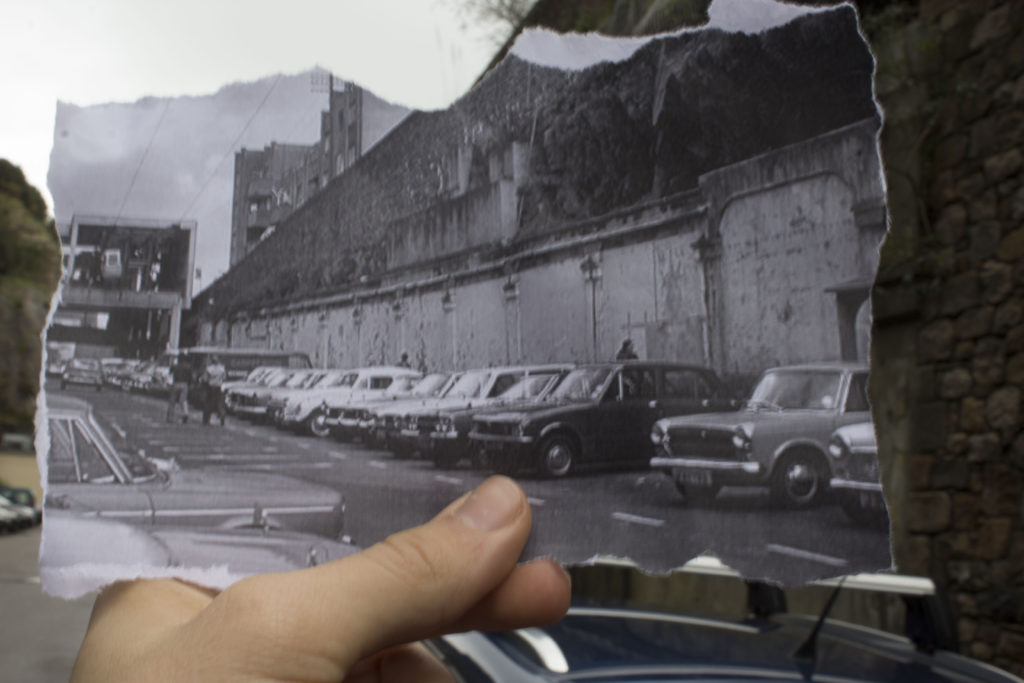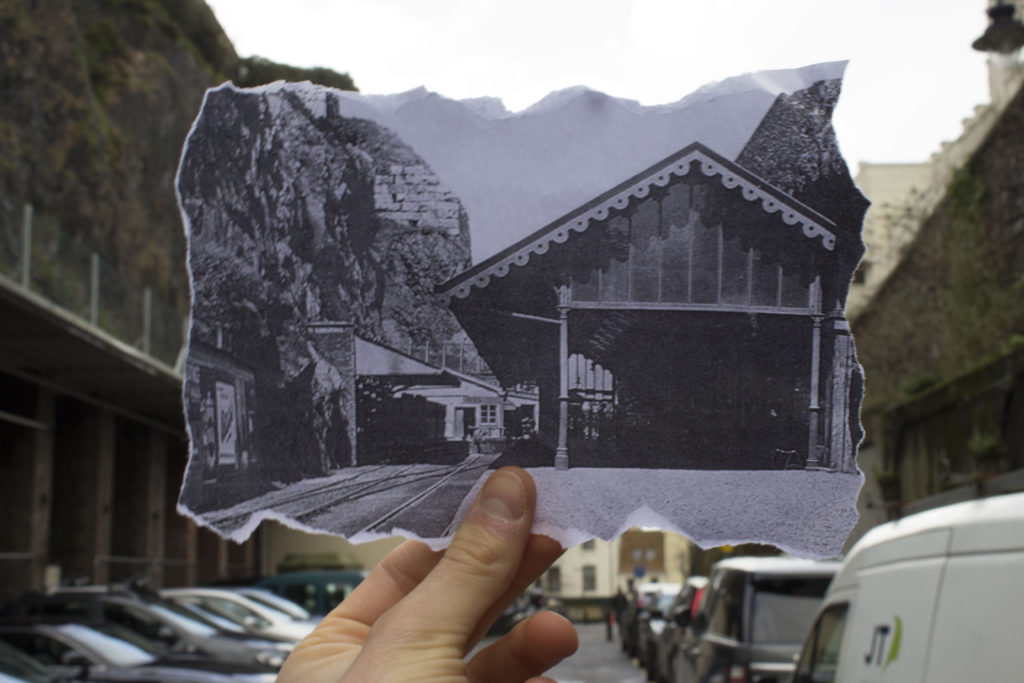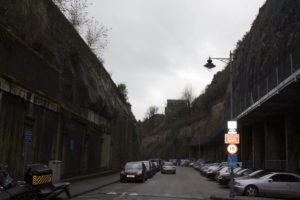Mood Board






Brainstorming
For my final photographs I want to produce pictures of natural landscapes with a moody, dramatic feeling to them.
- Sunset
- Cloudy
- Storm
- Beach
- Devils Hole
- St Ouens
- Greve De Lecq
- Gorey
- Rocks
- Trees
- Cliffs
- Hills
- High contrast
- Dark image
Ansel Adams
Ansel Adams (1902 – 1984) was an American photographer and environmentalist. His photos of the American West are often seen on calendars, photos and books. Adams founded the photography group ‘Group f/64’. He was part of the romanticism movement and produced lots of striking landscape photographs in black and white, often involving a pathway of some sort and interesting weather.


My Favourite Photograph

This photograph was taken using natural daylight with the clouds blocking the harsh sun from the camera, resulting in dramatic contrast between the mountains and the river being brought into the photograph. It appears that a wide angle lens was used to take this photograph as this is what was typically used by the romantics to capture landscape photographs. It looks like a deep depth of field was used as the whole of the photograph is sharp and in focus. A shutter speed of 1/60 – 1/150 was possibly used for this photograph due to no motion blurs being in the photograph. A low/medium ISO appears to have been used as the photograph is not grainy and is quite dark, which will have been intended. There is lots of texture in the photograph, from the grassy bank to the flowing river. It seems to be quite a cold and isolated photograph as there are no signs of civilization around.
There is no colour in this photograph, which allows the viewer to focus on the range of tones, textures and shapes in the photograph rather than the colour. There is a wide tonal range in the photograph ranging from the dark silhouettes of the mountains to the white reflection of the river. It is quite a 3D photograph due to the trees in the foreground and the river running throughout the photograph, leading the viewers eyes from the trees in the foreground all the way to the mountains in the background. There is no rule of thirds used in this photograph, to me this is because Adams is trying to show that it is natural and nothing is set up.
Adams was a big part of the romantic movement in the late 1700’s, typically the romantics would photograph striking black and white landscapes with the idea that there is a deeper meaning than what appears behind everything. Romanticism was a rejection of the Enlightenment movement which took emotion out of writing and art, Romanticism wanted to challenge this by depicting emotions such as horror and untamed nature.
I think that in this photograph, Adams was trying to emphasise the natural beauty of the environment and to show that no editing was needed on the image, it is as it appears. He is trying to challenge the Enlightenment movement by doing this.
My Photographs


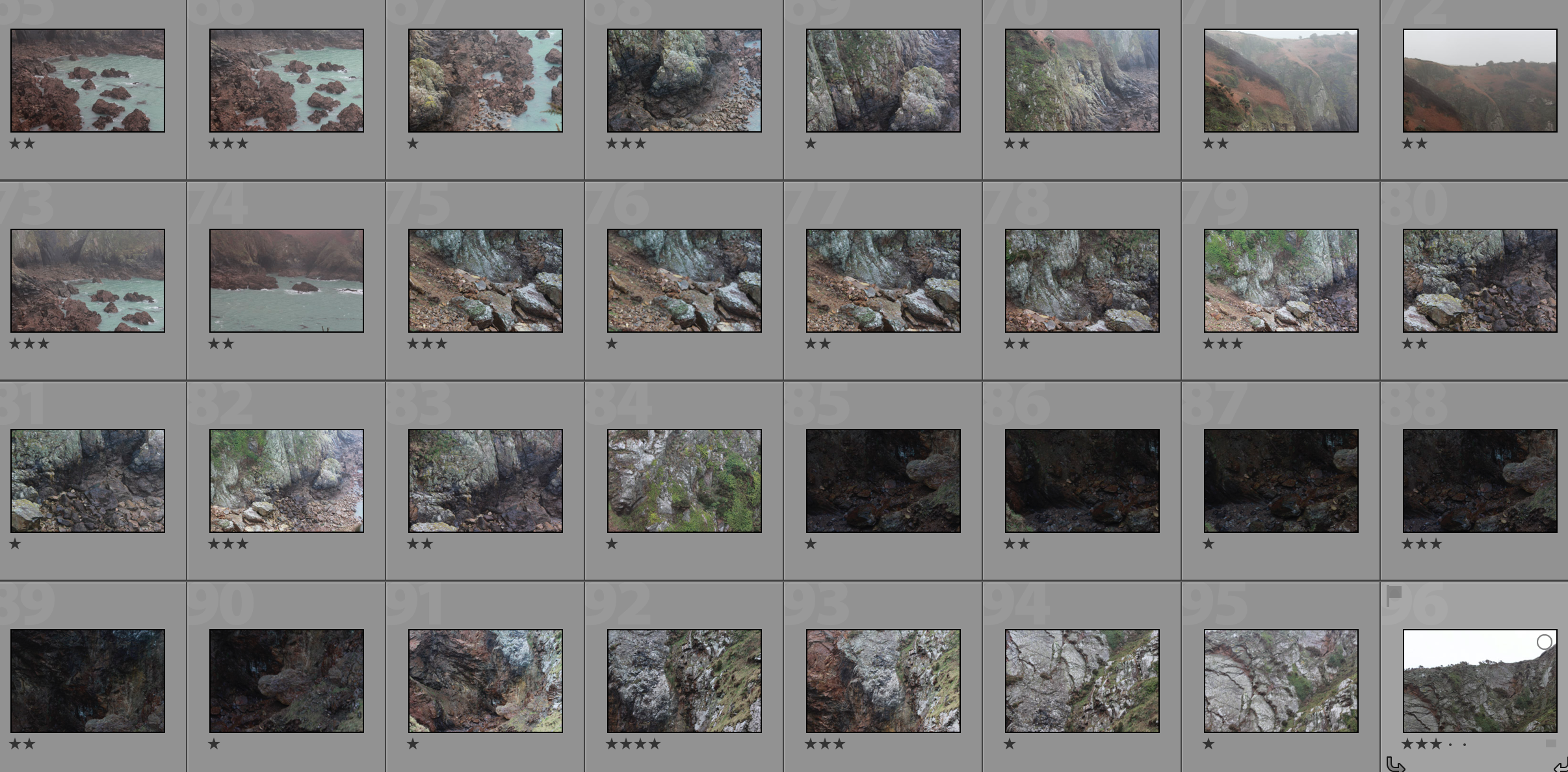
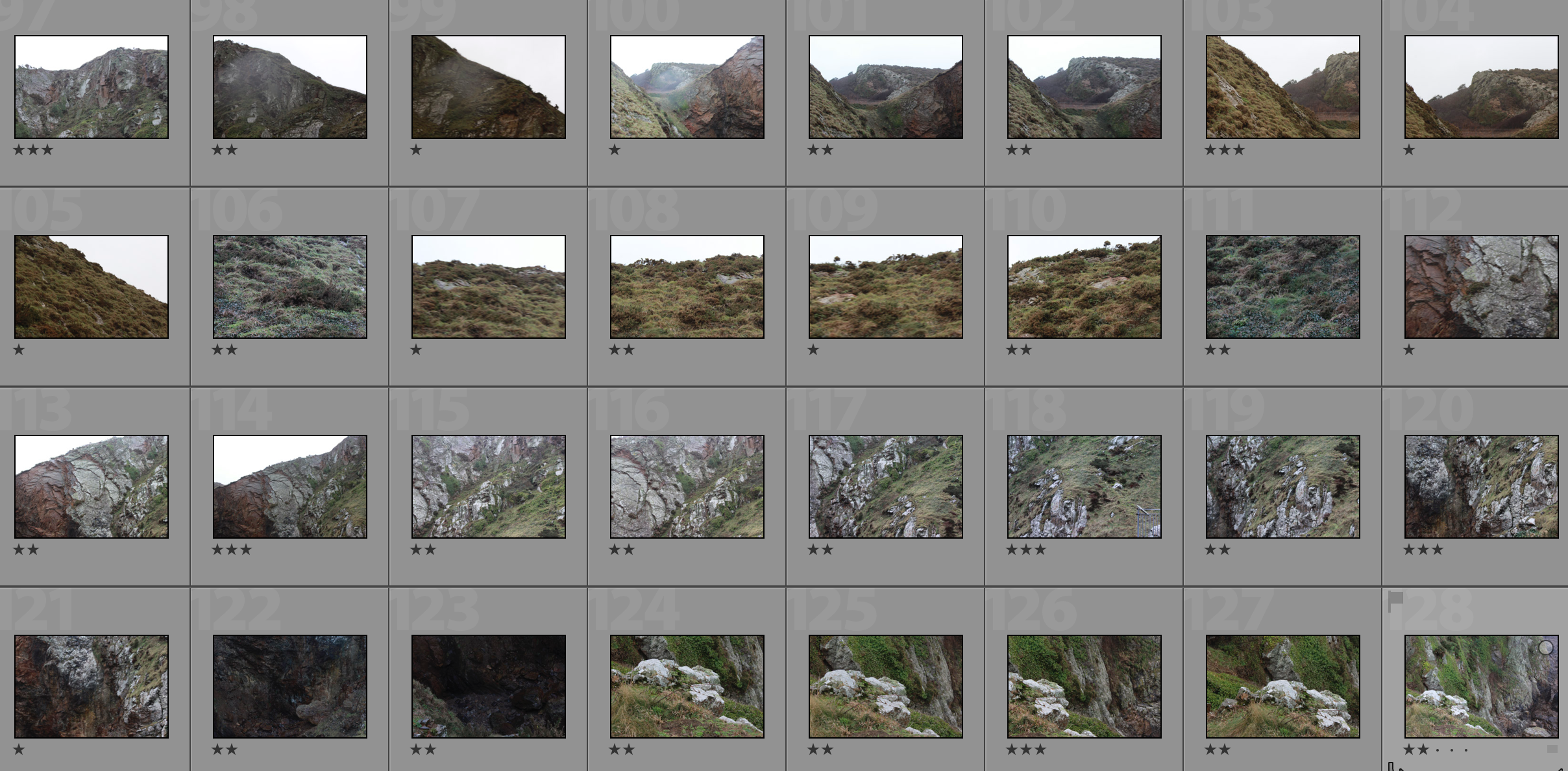

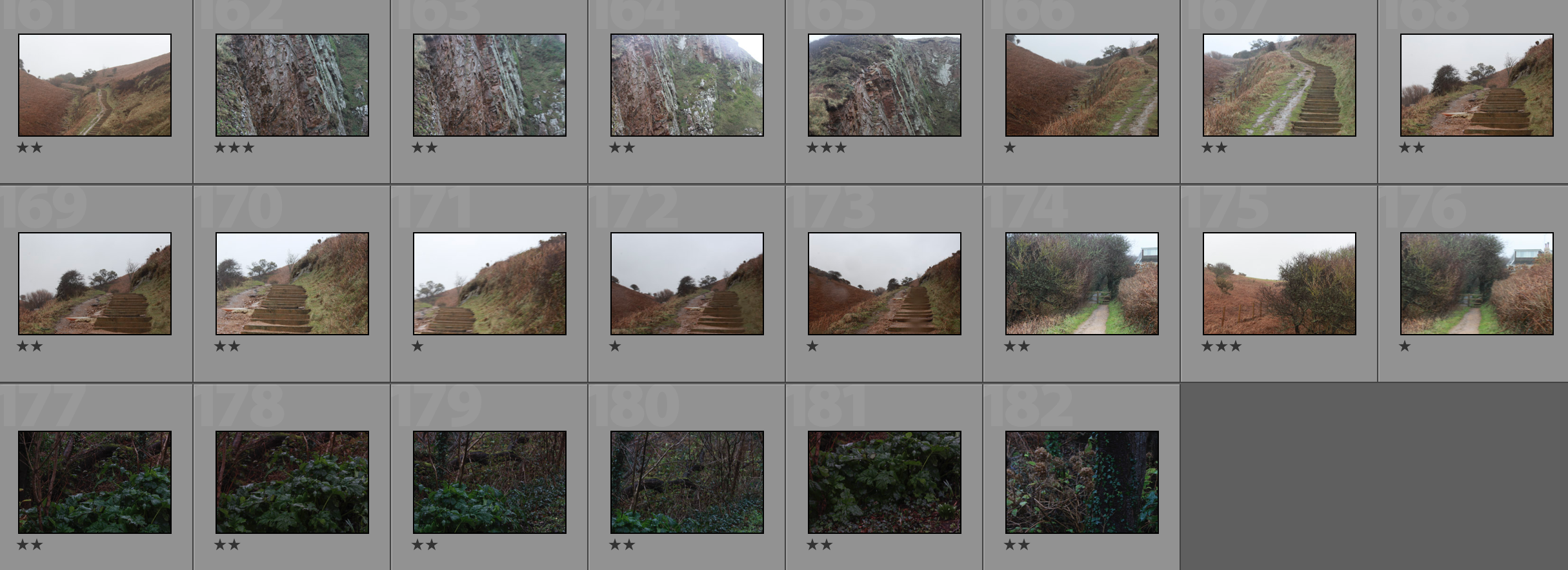
Top 5/Edits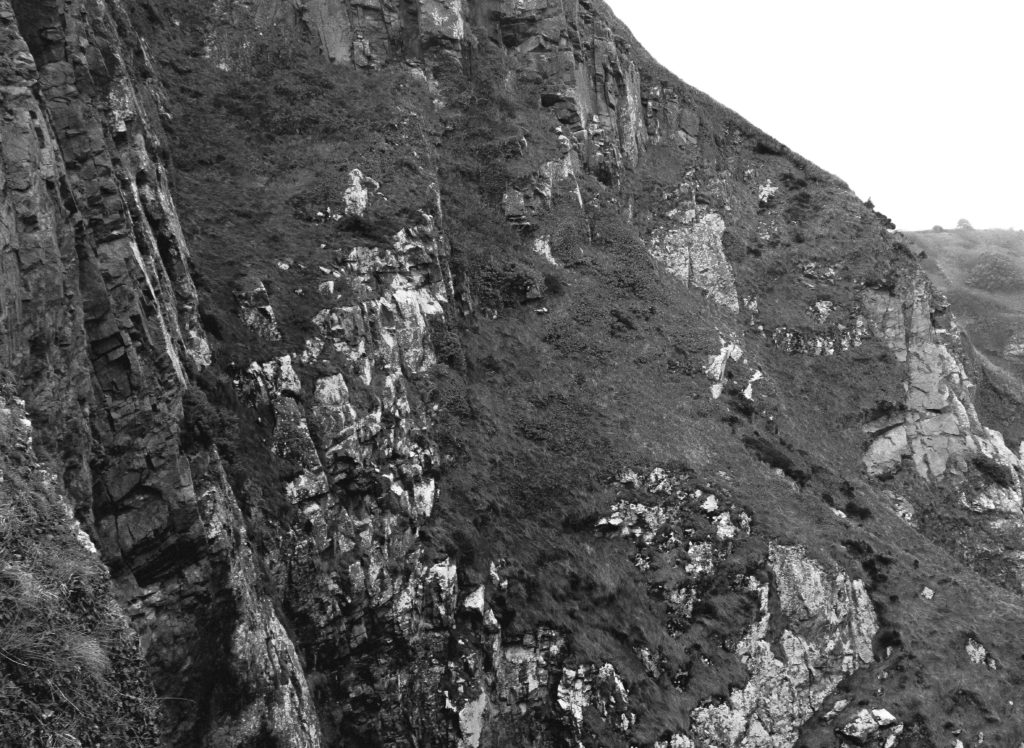
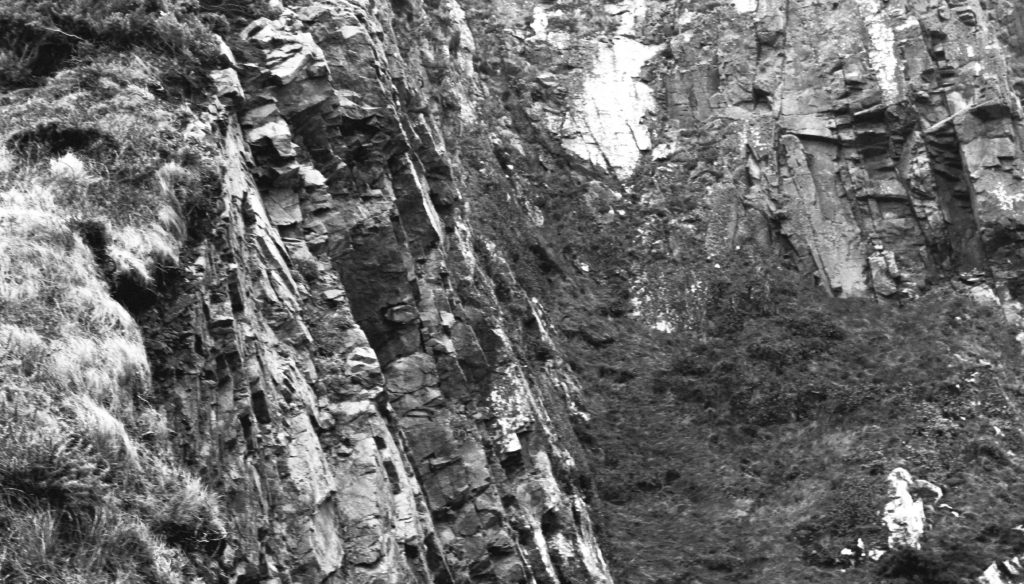
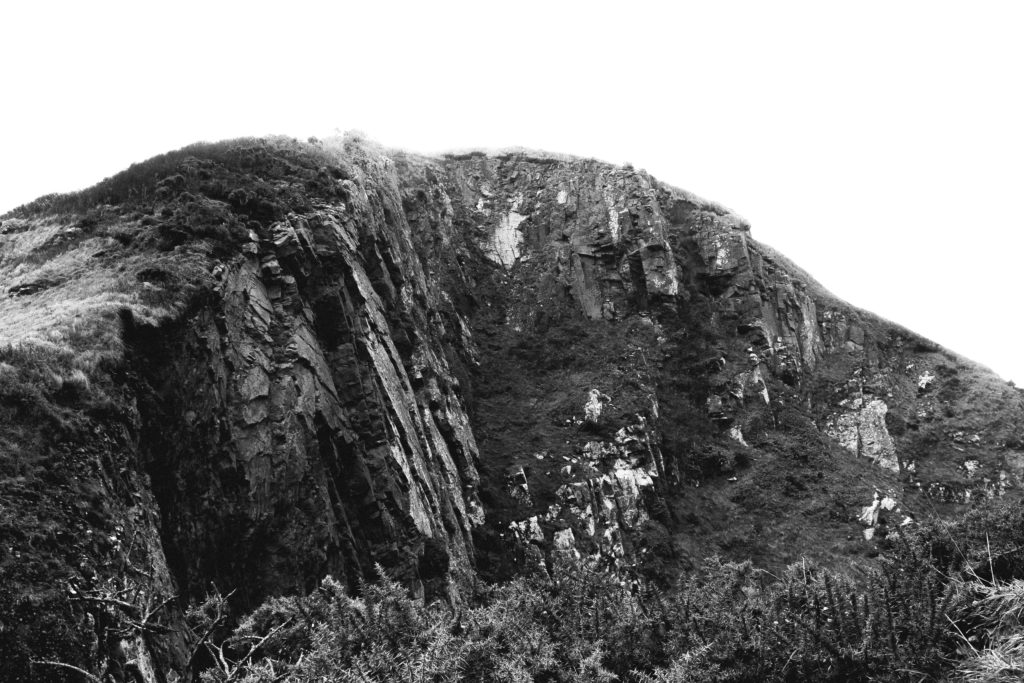
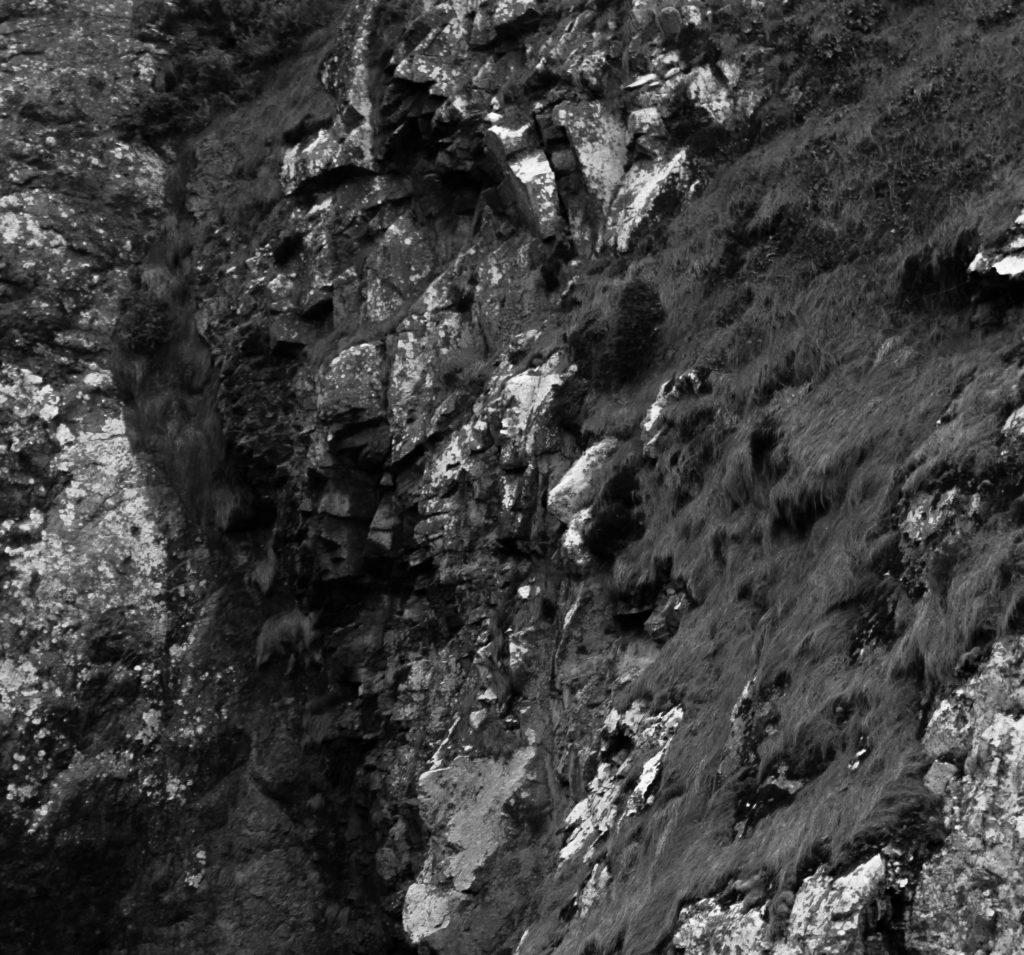
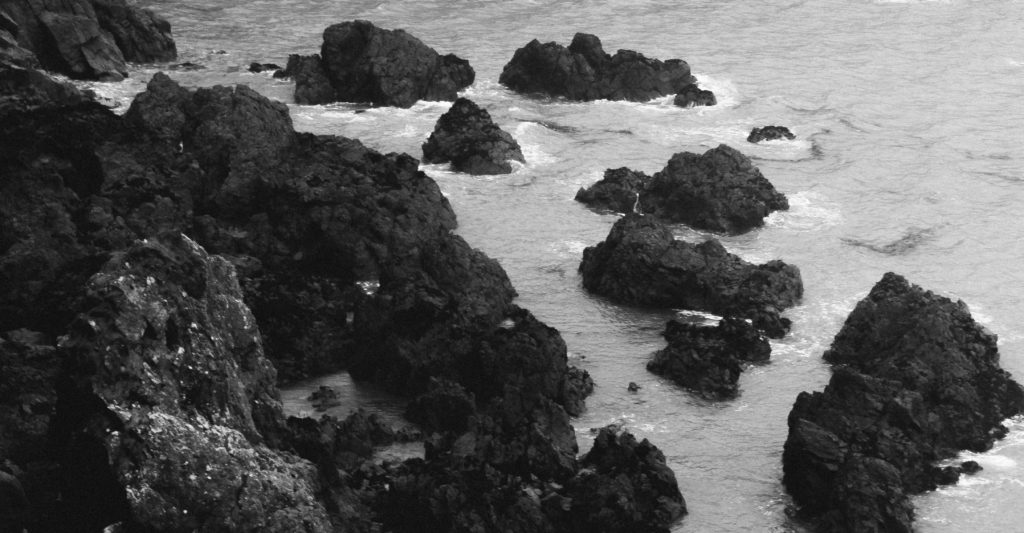
My Favourite Photograph
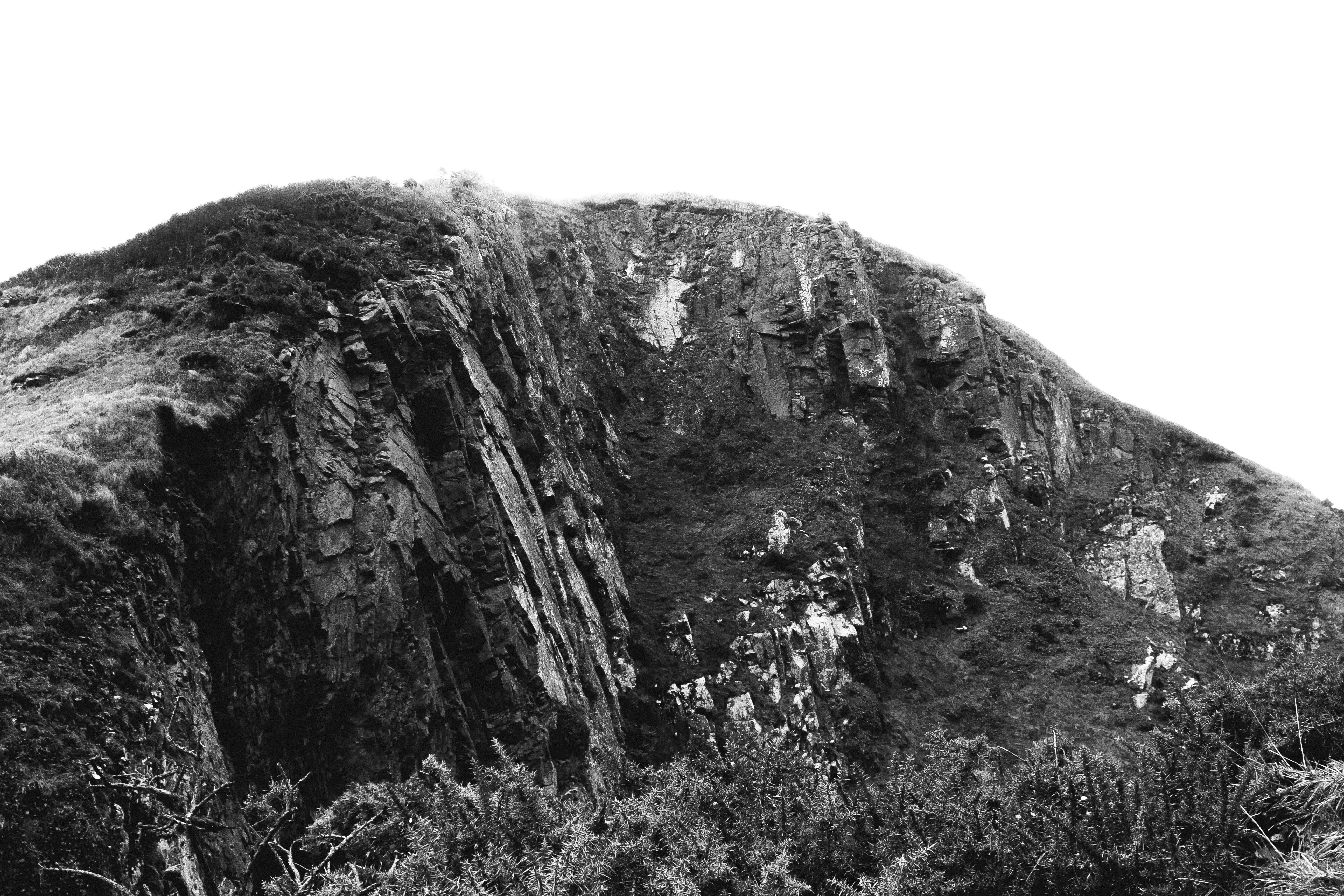
In this photograph I used natural lighting which allowed contrast between the correctly exposed cliff face and the over-exposed sky. This created a very wide tonal range in the photograph. An aperture of 18 was used which allowed the whole of the photograph to be in focus. I used a shutter speed of 1/40 with an ISO of 100 to create a photograph with the highest quality possible. There is a slightly cold undertone in the photograph due to the white balance.
There is no colour in this photograph as it is in the style of the romantics – the lack of colour helps to bring our more contrast and a wider tonal range in the photograph. The texture of the cliff face can be clearly seen which creates a more interesting photograph. There is a slight 3D effect in the photograph due t the shapes and depth within the cliff face.
I took this photograph at Devils Hole. I chose this as the location as it has a rich history and has lots of interest cliff faces surrounding it. I tried to create and edit this photograph in the style of the Romantics in the sense that it is black and white, has dramatic contrast in it and shows only nature. This photograph is similar to the work of Ansel Adams in the sense that it shows the untouched nature in a black and white photograph with lots of shapes and edges within it. My photographs do not have as much contrast and definition in them as Adams’ does but there is clear inspiration from him in my photographs.





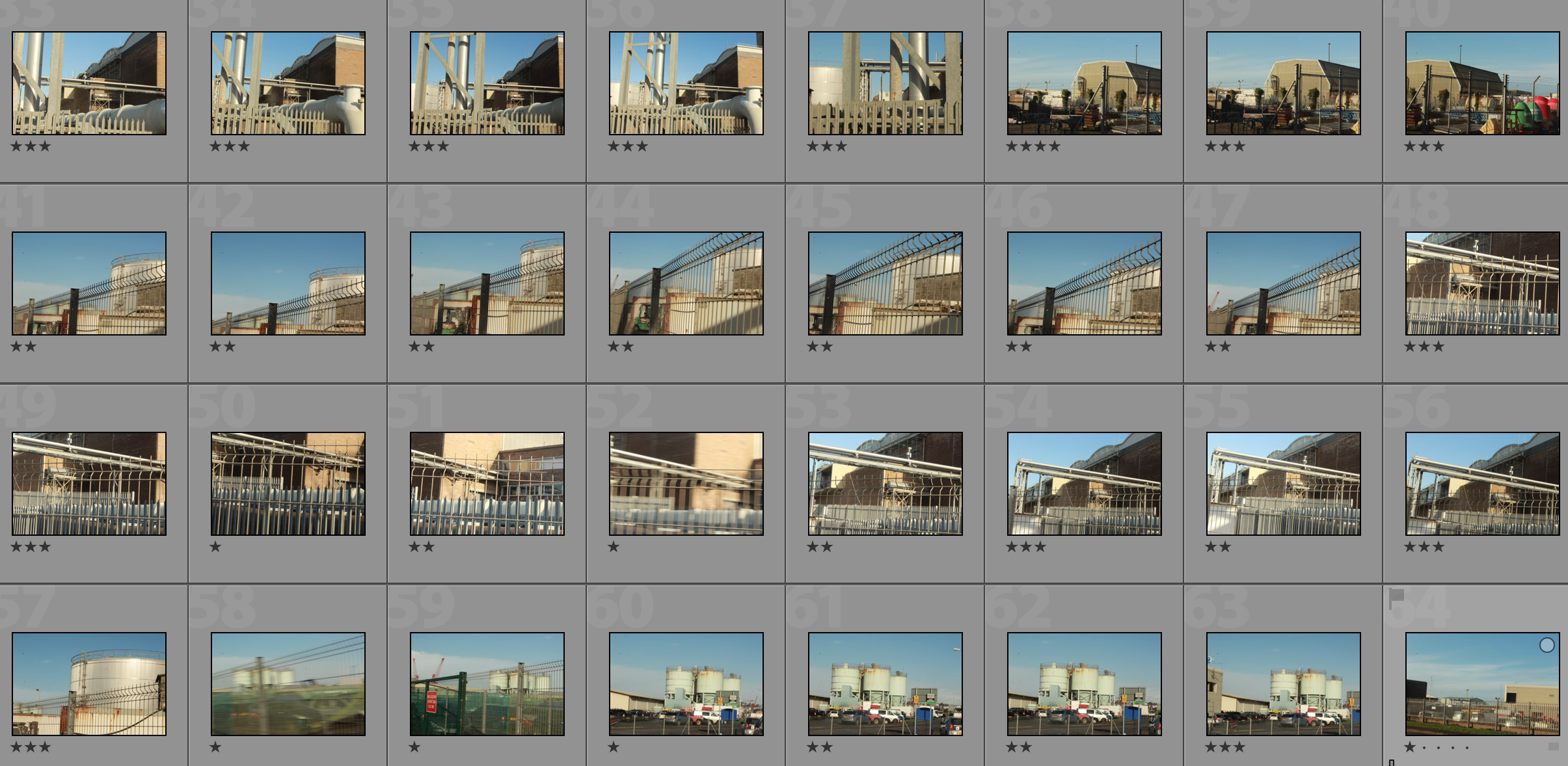














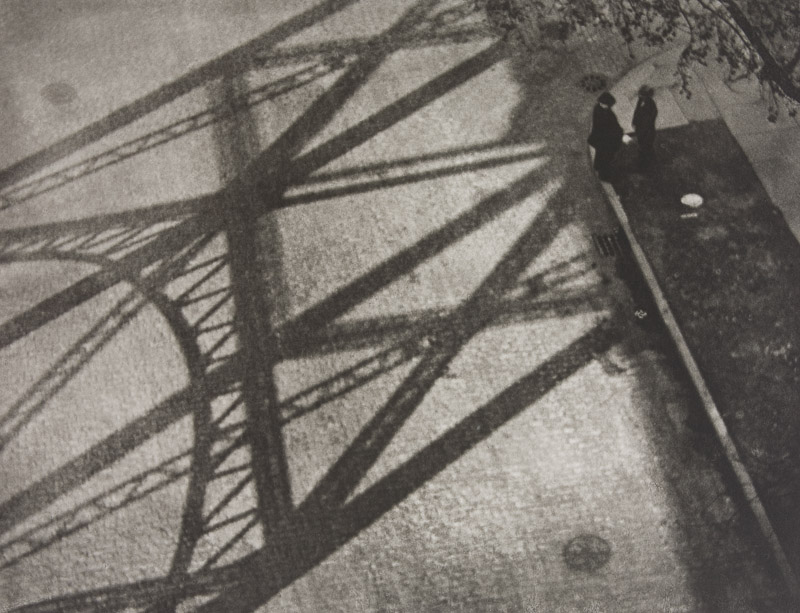

.jpg)







 My Edits
My Edits
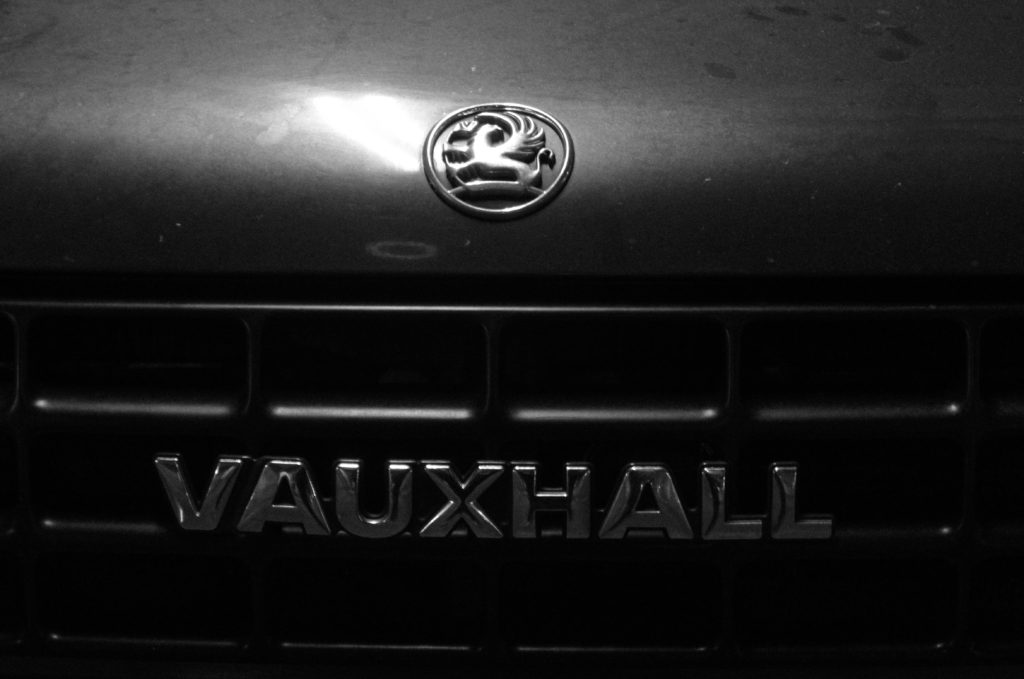




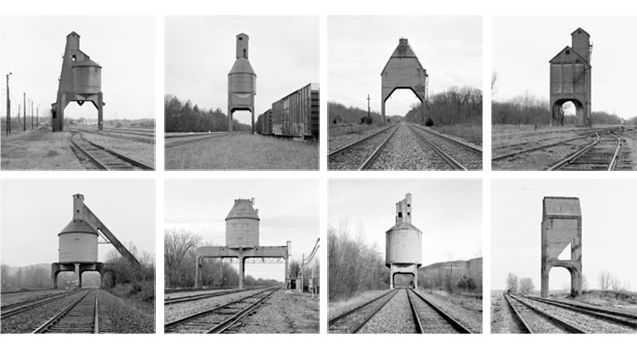

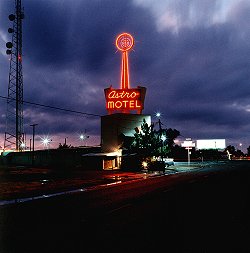
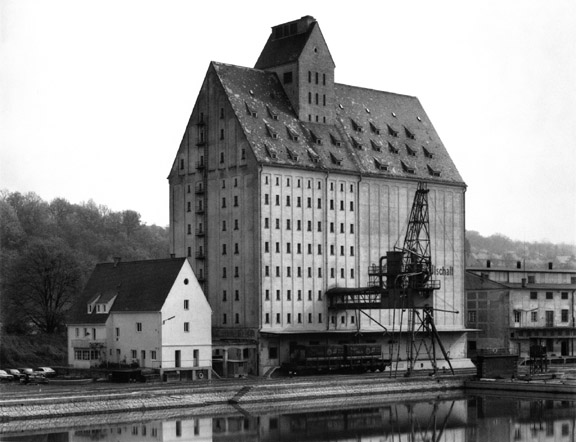




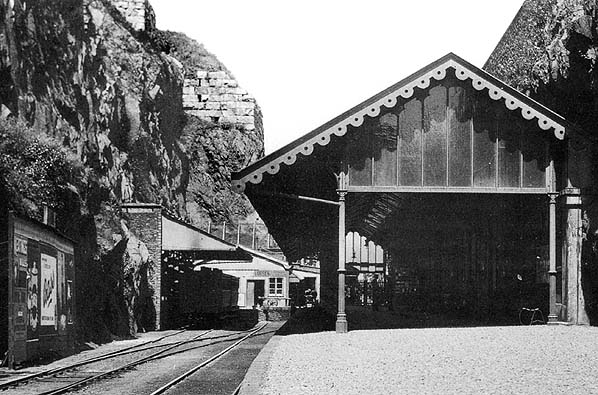
now_hill_old7.jpg)
